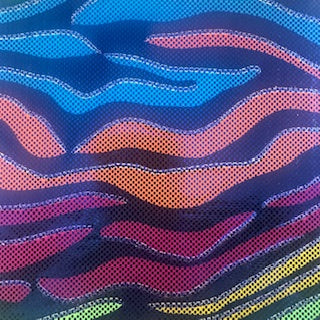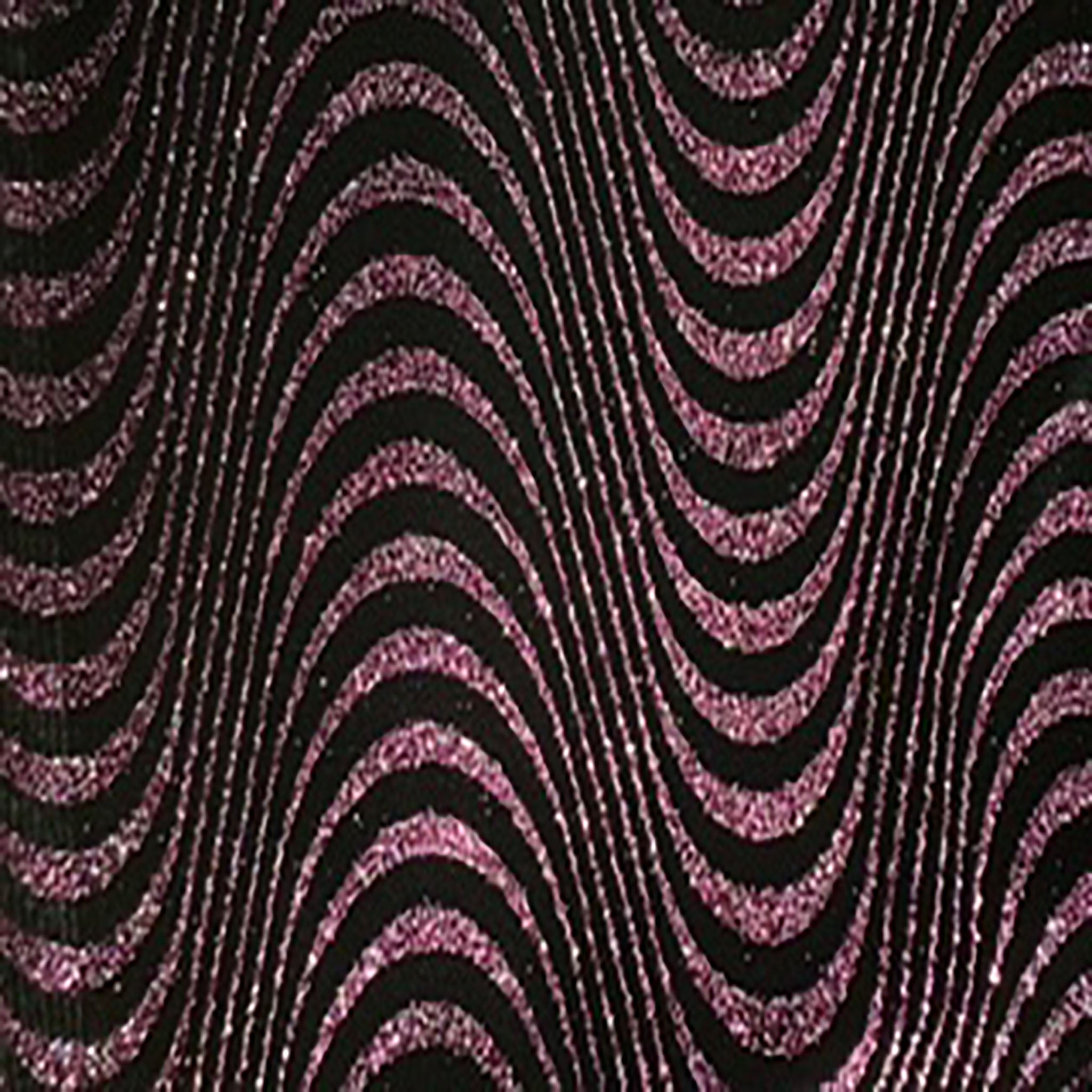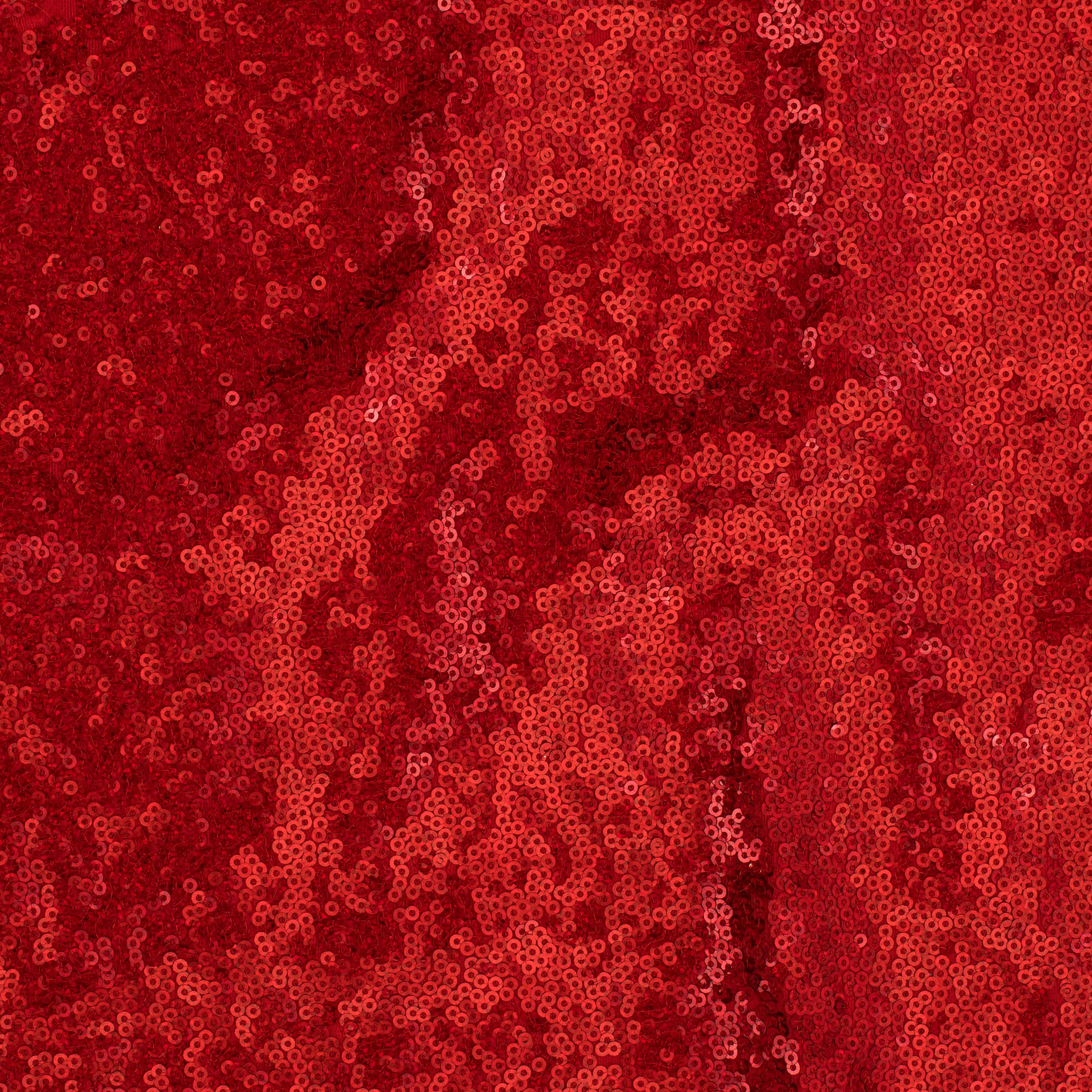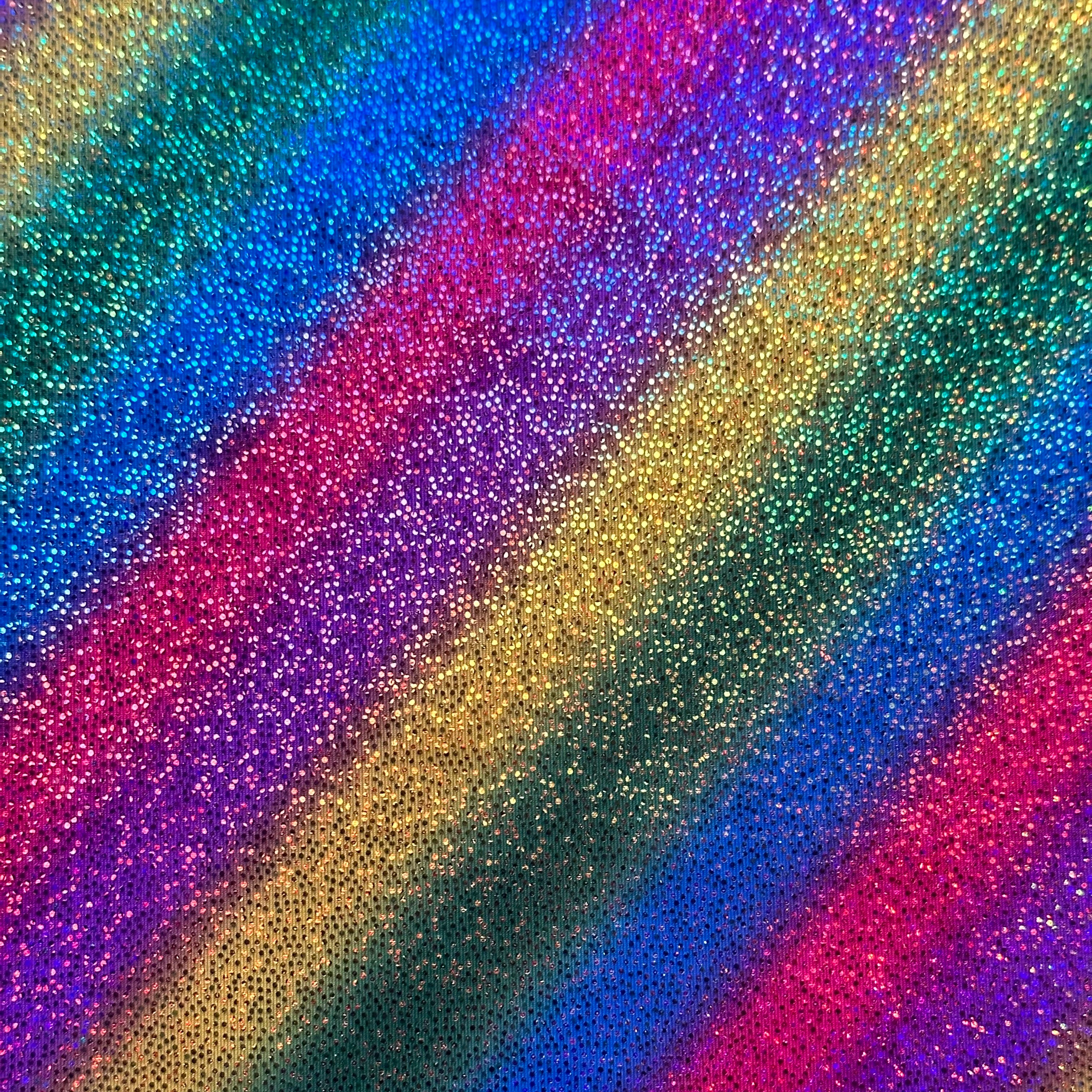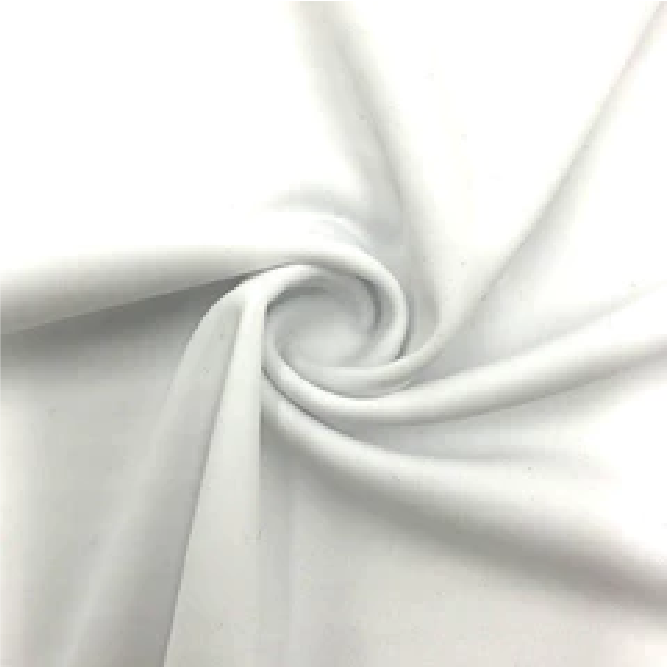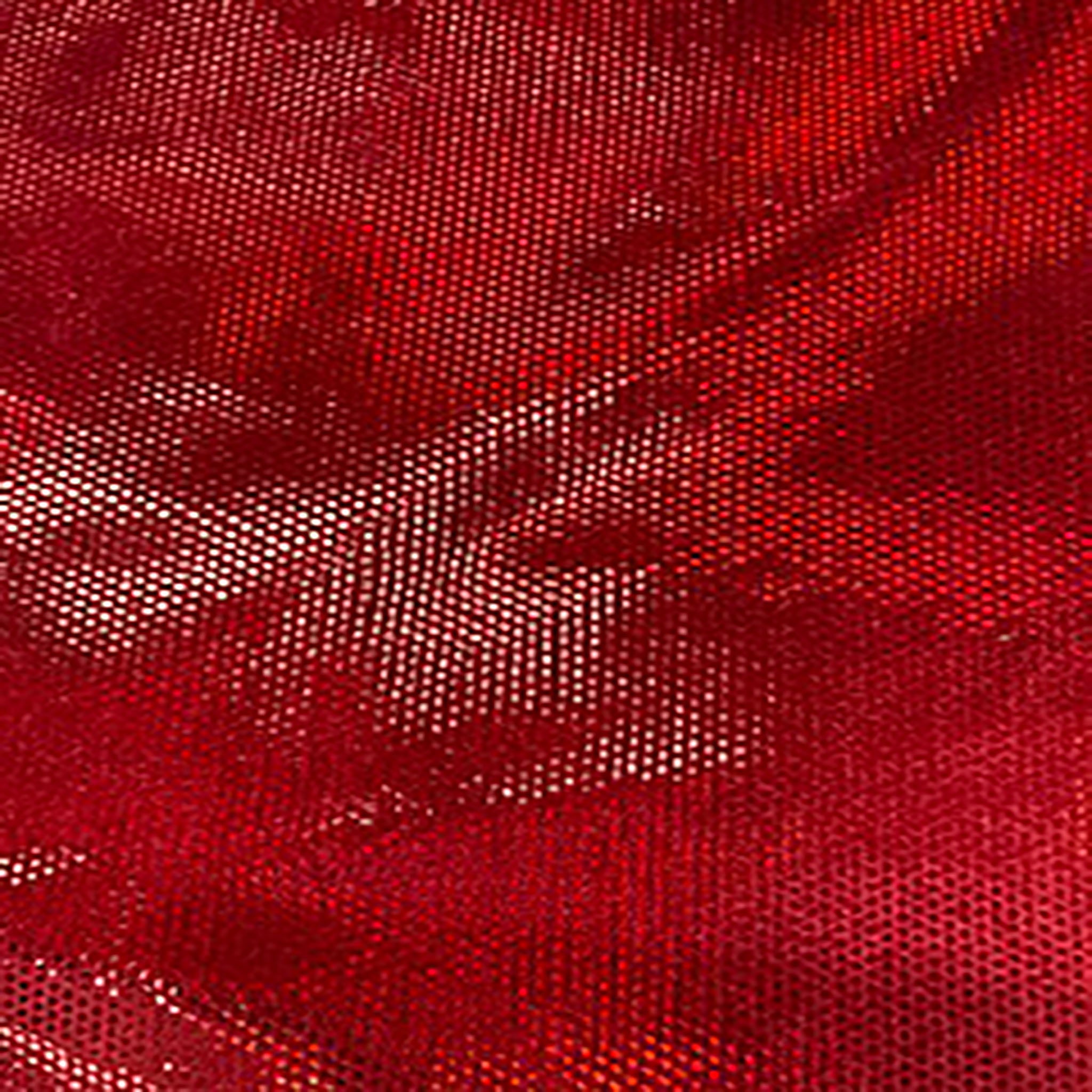Spandex fabrics, renowned for their exceptional elasticity and comfort, are a staple in various industries, from activewear to dance costumes and swimwear. However, cutting spandex can pose unique challenges due to its stretch and drape. Here’s a comprehensive guide to help you master the art of cutting different types of spandex fabrics effectively.
Understanding Spandex Fabrics
Before diving into cutting techniques, it’s crucial to understand the different types of spandex fabrics:
- Solids: Single-colored spandex with uniform texture and stretch.
- Foils: Spandex with a shiny, metallic finish, often used for eye-catching dancewear and costumes.
- Novelties: Spandex with unique patterns, textures, or embellishments, ideal for creative projects.
- Prints: Spandex featuring printed designs, suitable for fashion-forward activewear and casual wear.
Essential Tools for Cutting Spandex
To ensure precision and ease while cutting spandex fabrics, equip yourself with the following tools:
- Sharp Fabric Scissors: Essential for clean cuts, preventing jagged edges.
- Rotary Cutter: Ideal for cutting long, straight lines with precision.
- Self-Healing Cutting Mat: Protects surfaces and extends the life of your rotary cutter.
- Pattern Weights or Pins: Keeps fabric in place while cutting, especially useful for slippery spandex.
- Measuring Tape or Ruler: Ensures accurate measurements before cutting.
- Chalk or Fabric Marker: For marking patterns on the fabric.
Step-by-Step Guide to Cutting Spandex
1. Preparation
- Wash and Dry: Pre-wash the fabric to eliminate shrinkage or distortion later.
- Flatten the Fabric: Lay the fabric flat on a clean, smooth surface. Avoid stretching it out of shape.
2. Marking the Fabric
- Use Patterns: Place your pattern pieces on the fabric. For printed or novelty spandex, pay attention to pattern placement for aesthetic appeal.
- Secure the Fabric: Use pattern weights or pins to hold the fabric in place. This step is crucial for maintaining accuracy, especially with slippery fabrics.
- Mark Cutting Lines: Use a fabric marker or chalk to trace around the pattern pieces.
3. Cutting Techniques
- Sharp Scissors: For small, intricate cuts, sharp fabric scissors are ideal. Ensure smooth, continuous cuts to prevent fraying.
- Rotary Cutter: For long, straight cuts, use a rotary cutter with a self-healing mat. This tool provides precise, clean edges.
- Avoid Stretching: While cutting, be cautious not to stretch the fabric, as this can lead to distorted pieces and inaccurate sizing.
Special Considerations for Different Types of Spandex
- Foil Spandex: Use a rotary cutter for precise edges, as foil spandex can show every flaw. Handle carefully to avoid scratching or damaging the foil surface.
- Printed Spandex: Pay attention to pattern alignment. Use extra weights to keep the fabric steady while cutting to maintain the integrity of the design.
- Novelties: Depending on the texture and embellishments, you may need to adjust your cutting method. For heavily textured fabrics, sharp scissors are usually more effective than a rotary cutter.
Final Tips
- Practice Makes Perfect: If you’re new to cutting spandex, practice on scrap pieces to get a feel for the fabric.
- Keep Tools Sharp: Regularly sharpen your scissors and replace rotary cutter blades to ensure clean cuts.
- Handle with Care: Always handle spandex gently to avoid overstretching or damaging the fabric.





